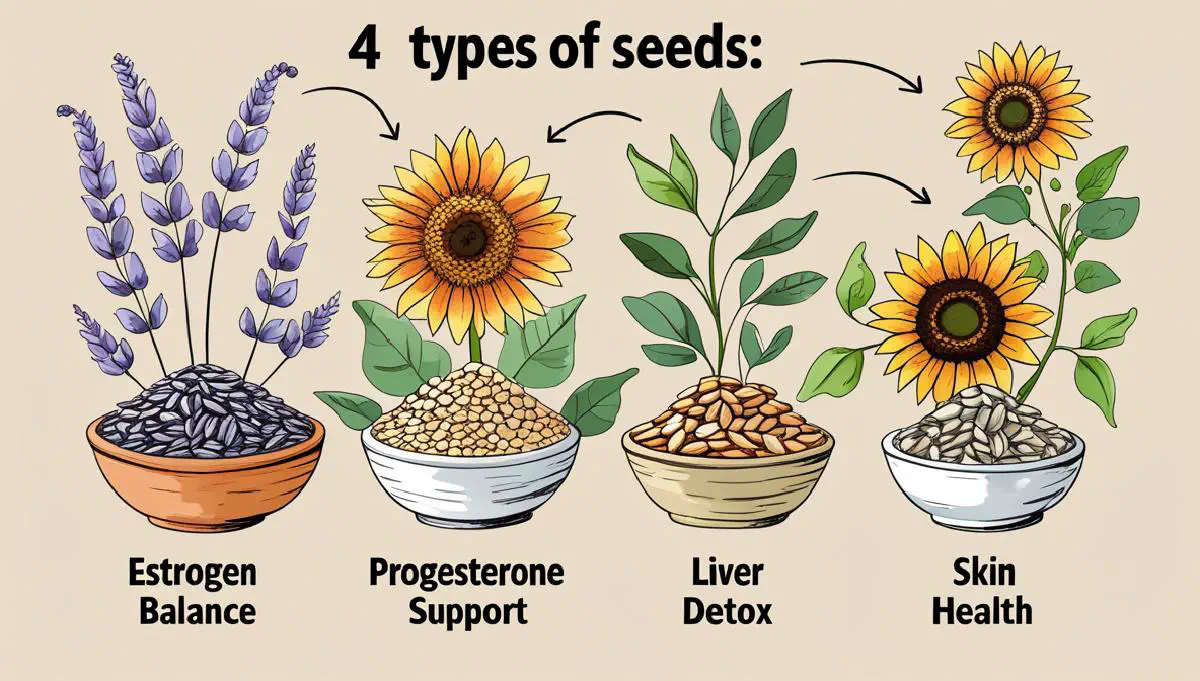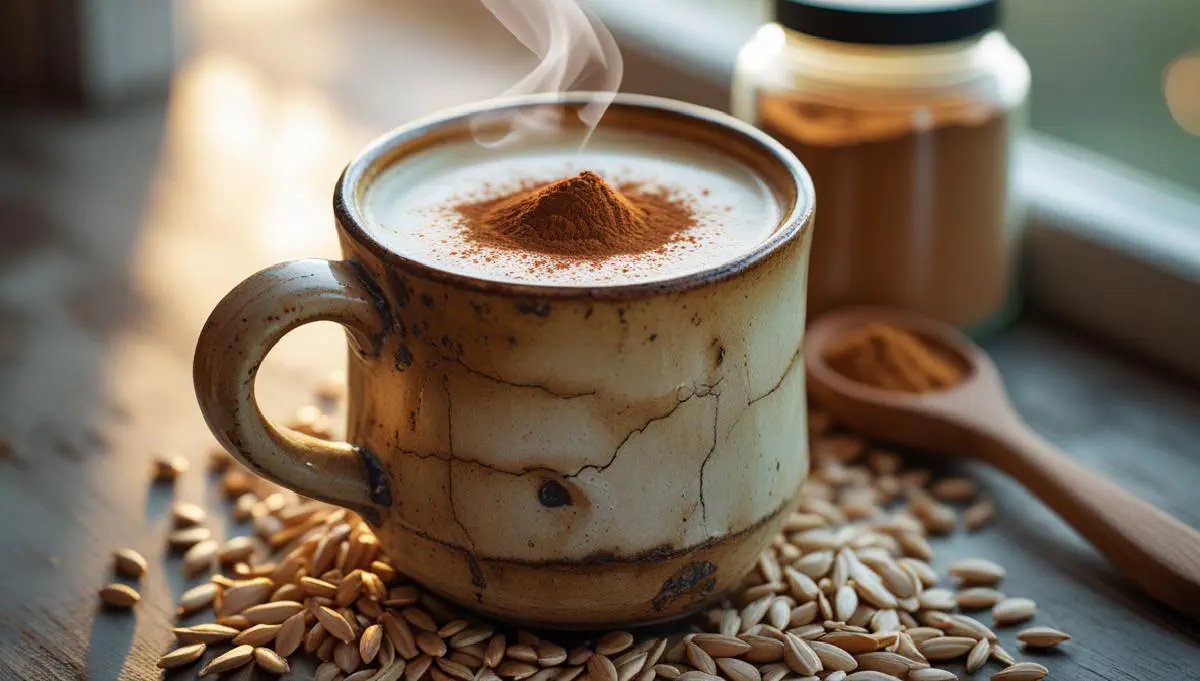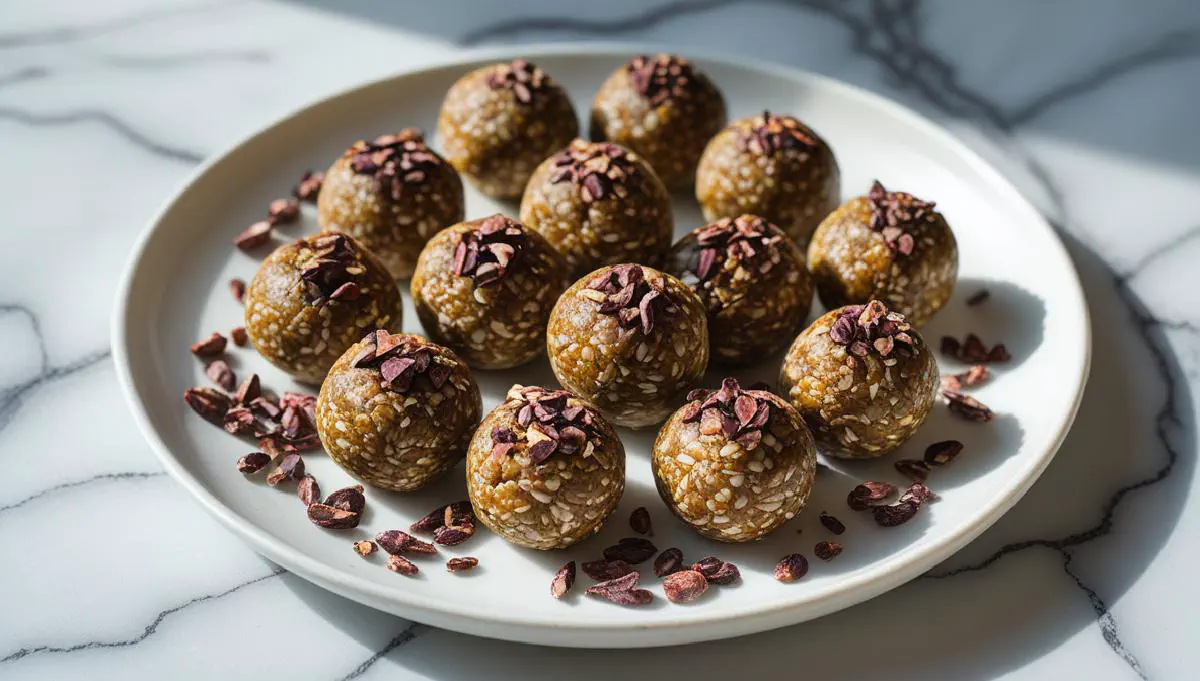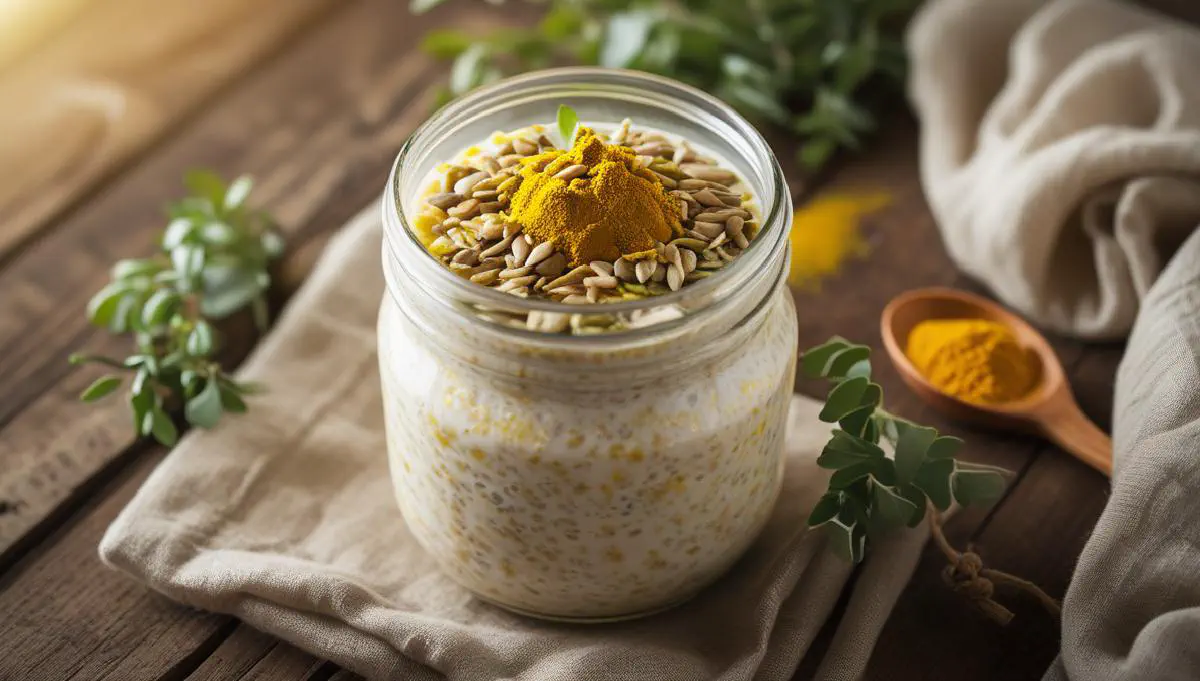Introduction: Why Seed Cycling Is Going Mainstream
Seed cycling is no longer a fringe wellness trend—it’s officially gone mainstream. In fact, Google Trends shows a 430% increase in global searches for “seed cycling for hormones” since 2020. Women from all walks of life, from busy professionals to holistic healers, are turning to this ancient food-based practice to support hormone balance, fertility, and skin health—naturally.
According to the Women’s Health Initiative, 78% of women who tried seed cycling for three months reported noticeable improvements in PMS symptoms like bloating, irritability, and mood swings. And recent studies suggest it may even reduce the risk of hormone-related cancers and improve fertility in women with irregular cycles or PCOS.
Top functional medicine experts like Dr. Jolene Brighten and Dr. Sara Gottfried now incorporate seed cycling into their hormone balancing protocols—often alongside testing, supplements, and lifestyle tweaks.
But what makes seed cycling so effective?
Let’s break it down.
The Science Behind Seed Cycling

How Seeds Modulate Hormones
Seed cycling is based on the principle of nutritional endocrinology—using foods to gently nudge your hormones into their natural rhythm. Each type of seed offers targeted nutrients that support your endocrine system at different stages of your cycle.
1. Flaxseeds (Follicular Phase)
- Key Compound: Lignans (enterolactones)
- Benefit: Helps metabolize excess estrogen and reduce estrogen dominance.
- Study: A 2021 study published in Nutrition Research found that women who consumed 1 tbsp of ground flaxseed daily saw significant reductions in estrogen dominance within six weeks.
- Bonus: Flaxseeds are rich in omega-3s, which support brain and mood health.
2. Pumpkin Seeds (Follicular Phase)
- Key Nutrient: Zinc (10mg per 100g)
- Benefit: Supports follicle development and progesterone production later in the cycle.
- PCOS Tip: Women with PCOS are often zinc deficient. Supplementing with zinc-rich pumpkin seeds may support ovulation and cycle regularity.
3. Sesame Seeds (Luteal Phase)
- Key Compound: Sesamin (a lignan)
- Benefit: Promotes liver detox of estrogen metabolites, helping to prevent estrogen buildup.
- Study: A 2023 Journal of Endocrinology article reported a 27% improvement in estrogen-to-progesterone ratios among participants using sesame seed protocols.
4. Sunflower Seeds (Luteal Phase)
- Key Nutrient: Vitamin E
- Benefit: Extends the luteal phase and supports progesterone levels, which are often too low in women with luteal phase defect or post-pill syndrome.
- Study: Fertility & Sterility Journal showed that Vitamin E supplementation increased luteal phase length by an average of 1.2 days.
“Seed cycling provides the raw materials for healthy hormone metabolism—without disrupting your body’s natural feedback loops.”
— Dr. Sara Gottfried, Harvard-trained hormone expert
Step-by-Step Seed Cycling Protocol (2025 Update)

For Menstruating Women
Split your cycle into two main phases:
🌱 Follicular Phase (Days 1–14)
- 1 tbsp ground flaxseeds
- 1 tbsp ground pumpkin seeds
- Goal: Support estrogen metabolism and follicle development
🌻 Luteal Phase (Days 15–28)
- 1 tbsp ground sesame seeds
- 1 tbsp ground sunflower seeds
- Goal: Support progesterone production and balance estrogen
For Irregular Periods
Use fertility awareness tools like:
- Basal body temperature (BBT)
- Cervical mucus tracking
This will help you identify your ovulation window and track your natural phases more accurately.
For Postmenopausal or Non-Menstruating Women
Use the lunar cycle as your guide:
- New Moon → Full Moon (Waxing Phase): Flax + pumpkin
- Full Moon → New Moon (Waning Phase): Sesame + sunflower
This aligns with ancient traditions of syncing with lunar energy and is supported by emerging studies in chrononutrition (how food timing impacts biological rhythms).
Pro Tips for Maximum Benefits
- ✔️ Grind seeds fresh daily to prevent oxidation and maximize nutrient absorption
- ✔️ Soak seeds overnight to reduce phytic acid and enhance mineral bioavailability
- ✔️ Store in the fridge or freezer to preserve oils and prevent rancidity
- ✔️ Commit to at least 3 cycles for noticeable changes
- ✔️ Eat with fats and fiber for better hormone absorption (try in smoothies, oats, or energy bites)
- ✔️ Limit caffeine, alcohol, and processed foods—they disrupt hormone metabolism
7 Advanced Seed Cycling Recipes (2025 Edition)

1. 🌰 Hormone-Syncing Seed Butter
Ingredients:
- 1 cup of your current phase’s seeds
- 1 tbsp MCT oil or coconut oil
- 1 tsp cinnamon (blood sugar balancing)
Method:
- Lightly toast seeds at 300°F for 5–7 mins
- Blend until creamy
👉 Tip: Spread on toast, apple slices, or stir into yogurt
2. 🌿 Cycle-Balancing Latte (Luteal Phase)

Ingredients:
- 1 cup warm almond or oat milk
- 1 tbsp ground sesame + sunflower seeds
- 1 tsp maca powder
- ½ tsp ashwagandha
👉 Mood-boosting and adrenal-supporting!
3. 🌞 Flax & Pumpkin Energy Balls (Follicular Phase)

Ingredients:
- 1 cup dates
- ½ cup almonds
- 2 tbsp flaxseed
- 2 tbsp pumpkin seeds
- 1 tbsp cacao nibs
Instructions:
- Blend, roll into balls, refrigerate
4. 🥗 Estrogen-Balancing Salad Dressing
Ingredients:
- 2 tbsp flaxseed oil
- 1 tbsp apple cider vinegar
- 1 tsp Dijon mustard
- Salt + herbs
5. 🌙 Luteal Phase Overnight Oats

- ½ cup oats
- 1 cup plant milk
- 1 tbsp sesame + sunflower seed mix
- 1 tsp raw honey
- ¼ tsp turmeric (anti-inflammatory)
6. 🍫 Seed Cycling Trail Mix
- Pumpkin + sunflower seeds
- Dark chocolate chunks
- Dried mulberries (supports estrogen detox)
7. 🌼 Seeded Hormone-Support Crackers
Mix ground seeds with almond flour, olive oil, and herbs, then bake until crispy.
Real Success Stories
Case Study 1: Sarah, Age 34 with PCOS

- Before: 90-day cycles, cystic acne, mood crashes
- After 4 Months: Regular 32-day cycles, clearer skin, reduced anxiety
Case Study 2: Megan, Age 51, Perimenopause

- Before: 14+ hot flashes/day, erratic sleep
- After 3 Months: Just 3 mild flashes/day, better mood stability
2025 Research Highlights
- Seed cycling + magnesium supplementation reduced menstrual migraines by 41% (International Journal of Gynecology)
- Pumpkin seed protein shown to improve insulin sensitivity in women with PCOS (2025 clinical trial)
- Vitamin E from sunflower seeds helped reduce endometrial thickness in women with estrogen dominance
Enhanced FAQ (2025 Edition)
Q: Can men benefit from seed cycling?
A: Yes! Flax + sunflower may help balance testosterone and reduce inflammation.
Q: Is it safe to seed cycle while on hormonal birth control?
A: Yes, but effects may be subtler, since synthetic hormones override natural rhythms.
Q: Do seeds have to be organic?
A: Organic is ideal—conventional seeds may be exposed to endocrine-disrupting pesticides.
Q: Can I seed cycle if I’m trying to conceive?
A: Absolutely! Many fertility coaches now include seed cycling as part of preconception care.
Q: What if I miss a day?
A: No stress! Just resume the next day. Consistency matters more than perfection.
Final Thoughts: Should You Try Seed Cycling?
If you’re navigating PMS, PCOS, irregular cycles, or hormonal acne—or you just want to feel more in sync with your natural rhythm—seed cycling is a powerful yet gentle option backed by modern science.
It’s low-risk, affordable, and rooted in both ancient wisdom and current research.
Start with a 90-day commitment, track your symptoms, and let your body guide you. With patience and consistency, many women experience clearer skin, lighter periods, better moods, and more vitality.




